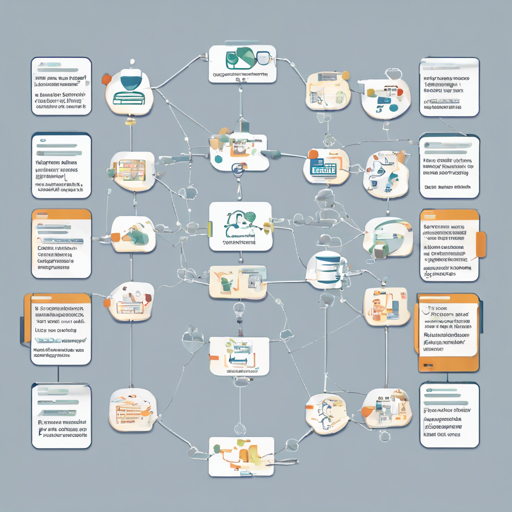In this article, we’ll dive into the intriguing world of Natural Language Processing (NLP) by exploring the DistilBERT Complaints Product Model. This model, specially trained on consumer complaints data, serves a crucial role in identifying the nature of financial customer complaints.
What is the DistilBERT Complaints Product Model?
The DistilBERT Complaints Product Model is a text classification model that utilizes the transformer architecture to predict the type of financial complaint based on textual input. It can classify the complaints into 18 distinct categories, making it essential for improving customer service in the financial sector.
Understanding the Training Process
Imagine training this model as preparing a chef for a cooking competition. You gather specific ingredients, tools, and techniques to ensure they produce top-quality dishes. Similarly, the DistilBERT model was trained using the consumer complaints dataset from the Consumer Finance Protection Bureau, with carefully set training hyperparameters that optimize its performance.
- Learning Rate: 5e-05
- Train Batch Size: 32
- Eval Batch Size: 64
- Seed: 42
- Optimizer: Adam with betas=(0.9, 0.999) and epsilon=1e-08
- Learning Rate Scheduler Type: linear
- Warmup Steps: 500
- Epochs: 3
Intended Uses and Limitations
This model is not just an academic exercise; it plays a vital role in End-to-End Machine Learning projects focusing on contact center automation. Let’s break down its various applications:
- Infrastructure: Terraform
- ML Ops: Utilizing HuggingFace for datasets, hub, and transformers ensures smooth operational efficiency.
- ML Explainability: SHAP helps in understanding the model’s decisions.
- Cloud: AWS for robust cloud services.
- Model Hosting: AWS Lambda for serverless execution.
- Database Backend: DynamoDB for efficient data storage.
- Orchestration: Step Functions for managing workflows.
- User Interface: Budibase for building beautiful UIs.
Troubleshooting Common Issues
When implementing the DistilBERT model, you may encounter some challenges. Here are some common troubleshooting ideas:
- **Model Performance Issues:** Check your input data quality. Just like a chef needs fresh ingredients, your model thrives on clean and well-prepared data.
- **Resource Constraints:** If you’re running into performance bottlenecks, consider adjusting your batch sizes or upgrading your cloud resources to fit your training needs.
- **Unexpected Predictions:** Analyzing the misclassifications can provide insights into potential model weaknesses; think of it as evaluating a dish that didn’t quite turn out as expected.
For more insights, updates, or to collaborate on AI development projects, stay connected with fxis.ai.
Framework Versions
Here’s a glimpse of the framework versions used during the training:
- Transformers: 4.16.1
- Pytorch: 1.10.0+cu111
- Datasets: 1.18.2
- Tokenizers: 0.11.0
Closing Thoughts
At fxis.ai, we believe that such advancements are crucial for the future of AI, as they enable more comprehensive and effective solutions. Our team is continually exploring new methodologies to push the envelope in artificial intelligence, ensuring that our clients benefit from the latest technological innovations.

